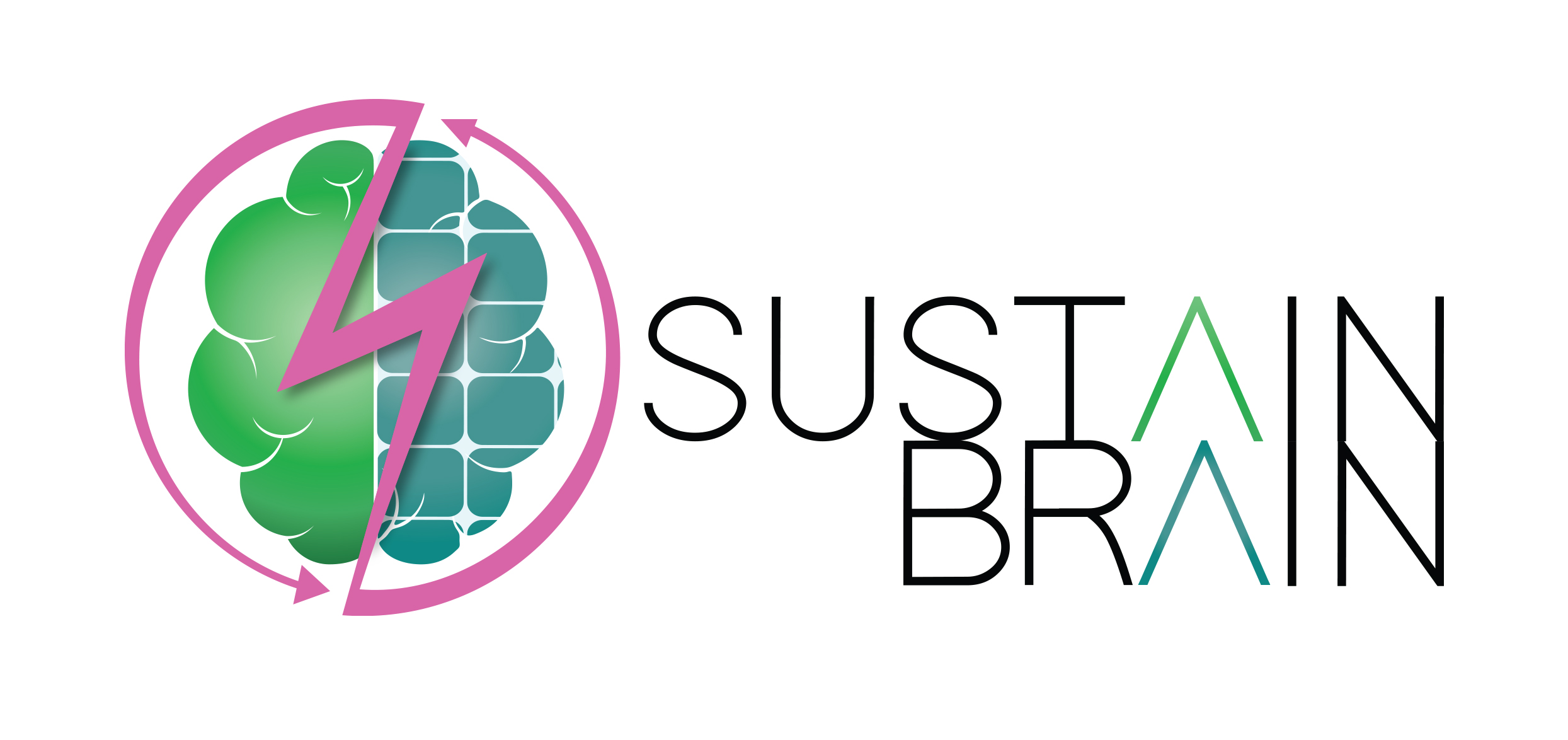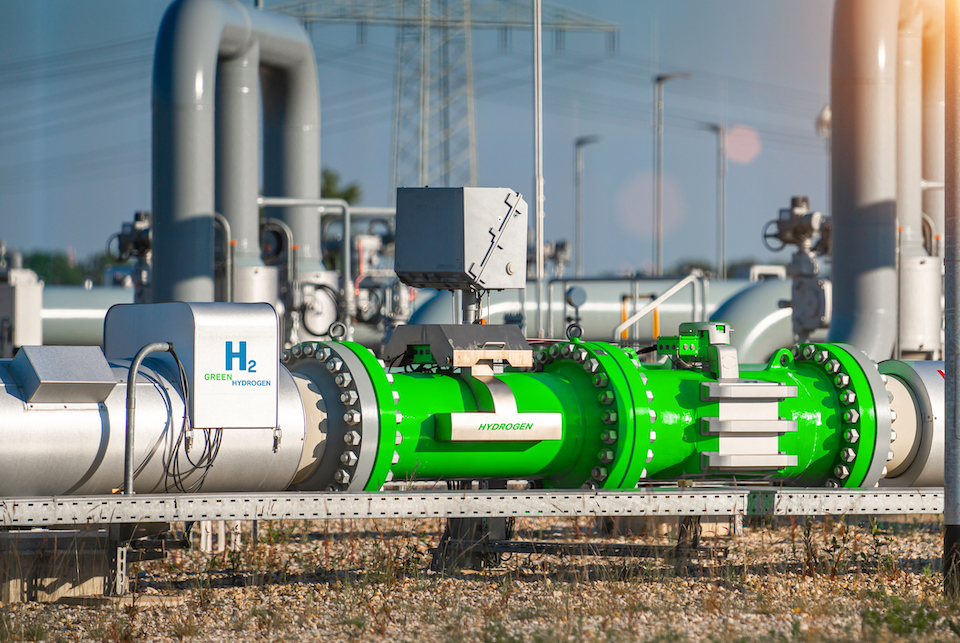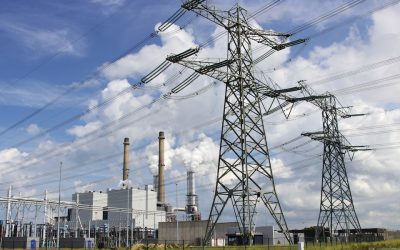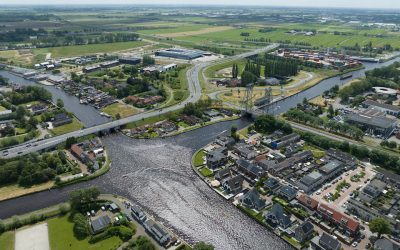The Netherlands expects too much from its green hydrogen production. The previous government aimed for 8 GW of electrolysis capacity by 2032 – a doubling of the target from the Climate Agreement – which must rely on 21 GW of offshore wind. Green hydrogen is an excellent storage medium and a good raw material for the production of iron, ammonia and methanol. However, domestic production is barely getting going.
The unprofitable top for green hydrogen production has increased further in recent years due to increased costs for interest, raw materials, energy and grid tariffs. Costs have increased by 55% compared to 2 years ago in the US and EU, according to the FD. To compensate for the high costs, an OWE subsidy was granted for 0.1 GW electrolyser capacity in mid-2024. The budget for the second round was four times higher at almost 1 billion euros and more will follow in 2025. It is nevertheless likely that the electrolysis capacity will remain at a fraction of the target in 2030.
Foreign production and supply of green hydrogen is often cheaper. The outcome of the European auction for hydrogen subsidies in April 2024 confirmed this. Production costs for bids from Spain, Portugal, Norway and Finland amounted to 5.3 to 5.8 euros/kg H 2 , while in the Netherlands they averaged around 10 euros. Higher network tariffs and the lack of exemptions for industry in The Netherlands contribute to this, although demand management and storage can certainly reduce business electricity bills.
Difficult coordination between supply and demand also hinders the realisation of domestic production capacity. Purchase is now being promoted by a clear definition of green hydrogen (REDIII) and by a number of demand subsidies. The use of green hydrogen in refineries may now also count towards purchase obligations by the transport sector, which also helps. However, there is still no purchase obligation by industry, which is the primary purpose of green hydrogen. It is therefore unclear how this coordination impasse will be permanently broken. A legitimate question is also whether all industrial production of semi-finished products with green hydrogen should take place in the Netherlands.
Direct electrification has only become more attractive in the meantime. For starters, direct use of electricity prevents half of it from being lost as conversion during the production and use of green hydrogen. The costs for renewable generation have fallen drastically and the price of lithium batteries is a fraction of what it was fifteen years ago. Grid reinforcement is a challenge, but at the same time it is clear and plannable . In addition, there is a lot of experimentation with long-term energy storage in flow batteries, molten salt, iron powder, heat batteries, compressed air, etc.
In short, it is time to at least halve the 8 GW ambition for green hydrogen in 2030 and return to the 4 GW from the Climate Agreement. More subsidies and at the same time more risk appetite are needed to actually get there. Then meaningful experiments can be conducted with revenue models for hydrogen electrolysis with fluctuating, green power from our own soil. In addition, an equally ambitious goal can be formulated for other forms of long-term energy storage, with of course a suitable set of instruments. Putting eggs in two baskets is a simple approach to transporting a good number safely.





